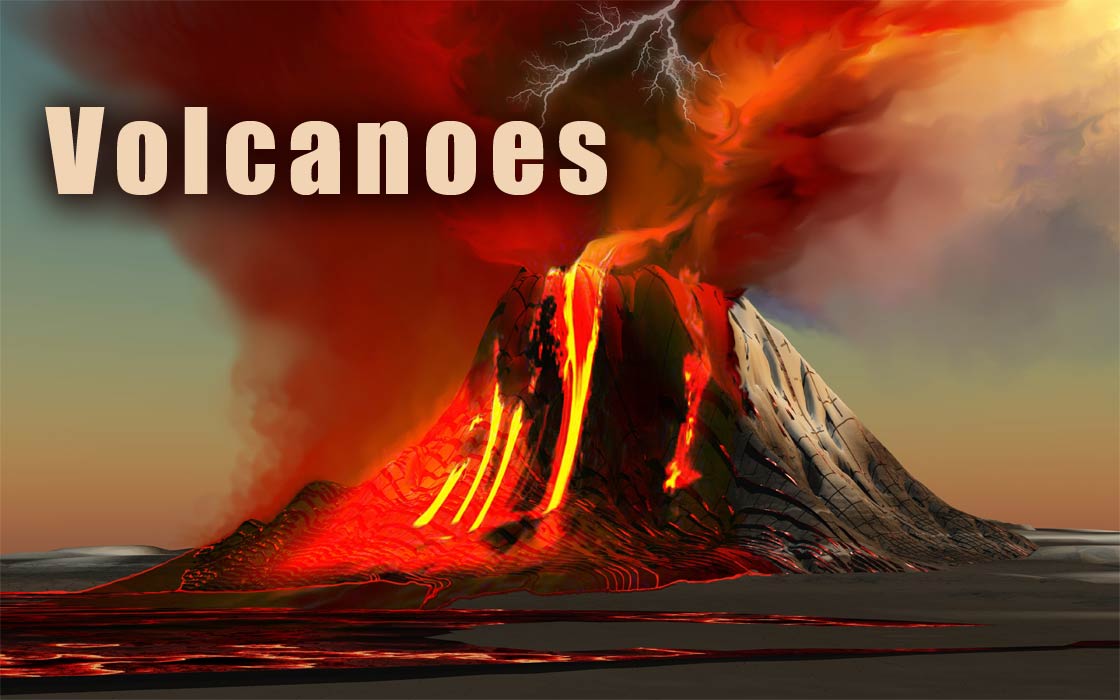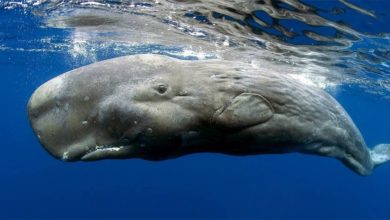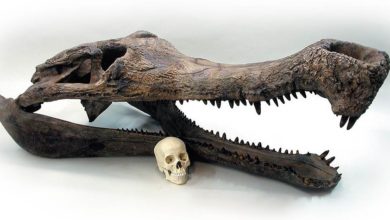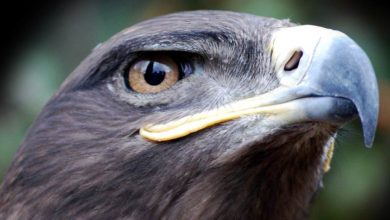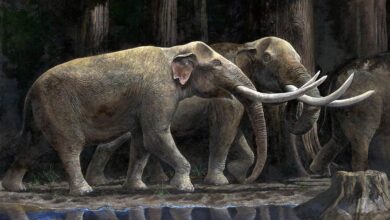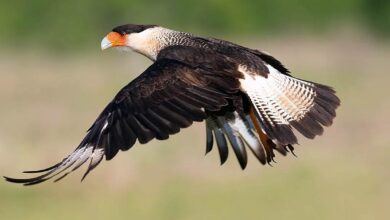Volcanism – A Fascinating Journey to the Interior of the Earth
Volcanoes have always fascinated people, they were personified, worshipped, and offerings were made to appease the formidable forces of Mother Earth and protect villages and cities from the mountain’s wrath. Although today they primarily attract the interest of scientists and travelers, they haven’t lost their magic and aura of mystery. They also remain dangerous and – despite constant monitoring of the processes occurring within them – unpredictable.
Peering into craters and observing the mixing and coalescing crusts of semi-molten lava allows us to examine the processes that have shaped our planet for billions of years. It is volcanoes that gave Earth life and they continue to be one of the key geological phenomena on Earth.
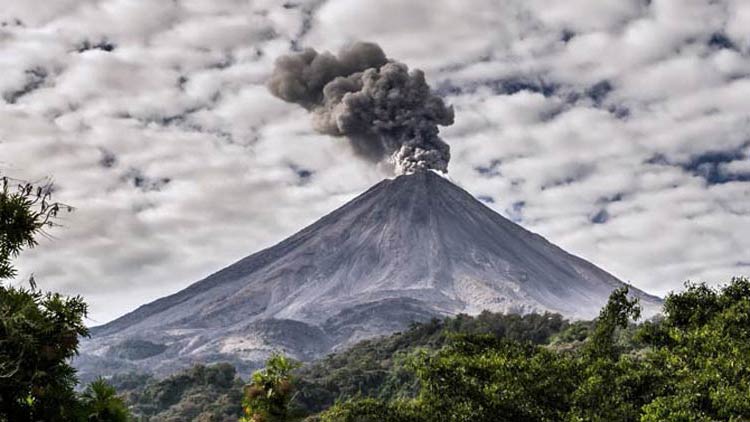
Earth’s Interior Structure and Processes
The Earth is composed of three main layers called geospheres. The outermost and thinnest of these is the Earth’s crust, containing low-density minerals and extending up to 70 kilometers (43.5 miles) deep. (Such a great depth applies to the Earth’s crust beneath continents; under oceans, its thickness usually does not exceed a few kilometers/miles).
Below the crust is the intermediate layer, the Earth’s mantle, built from high-density minerals. It reaches a depth of 2,900 kilometers (1,802 miles). The innermost geosphere is the Earth’s core, consisting of an outer (liquid) part and an inner (solid) part.
The decay of radioactive elements within the Earth’s interior releases enormous amounts of heat, which circulates according to the principles of convection (there are large temperature differences within the core and mantle). However, this is not random movement, because convection currents organize it: warmer material rises, while cooler material sinks.
The hot matter that makes up the planet therefore circulates according to strictly defined laws, causing the lithospheric plates to spread apart and plunge into each other. These plates are in constant motion and continuously transforming because convection never ceases. Warm convection currents carry matter up to the Earth’s surface, where it cools and sinks back towards the core. On its way, it heats up once again and rises again with the warm currents. The process thus continues ceaselessly.

Theory of Lithospheric Plate Tectonics
How exactly do convection currents influence the movement of lithospheric plates? The explanation is closely tied to the theory of lithospheric plate tectonics. The Earth, or more precisely its surface (the lithosphere), is entirely covered by plates that move relative to each other at a rate of several centimeters (about 1-2 inches) per year.
The lithosphere is a rigid layer of the Earth’s crust. Beneath it, however, lies something that acts like a vast field of lubricant – the asthenosphere. This is the outermost part of the Earth’s mantle, and its ductile nature allows the lithospheric plates to move. This movement is directly driven by the convection currents constantly circulating within the planet’s interior.
The process can be imagined like a pot of boiling water: as the water at the bottom heats up, it becomes less dense and rises. When it reaches the surface, it cools, becomes denser, and sinks back down. This continuous cycle of rising hot material and sinking cool material creates a conveyor belt-like motion. In the Earth’s mantle, this slow, creeping flow of solid rock effectively “drags” the overlying lithospheric plates.
Where warm convection currents rise towards the surface, they cause plates to diverge (move apart), leading to processes like seafloor spreading at mid-ocean ridges. Conversely, where cooler currents sink, they can pull plates together, resulting in convergent boundaries where one plate may subduct (sink) beneath another, or two plates may collide, forming mountain ranges. While mantle convection is the primary driving force, other factors like ridge push (gravity-driven force from elevated mid-ocean ridges) and slab pull (the gravitational pull of a dense, subducting plate) also contribute significantly to plate motion.
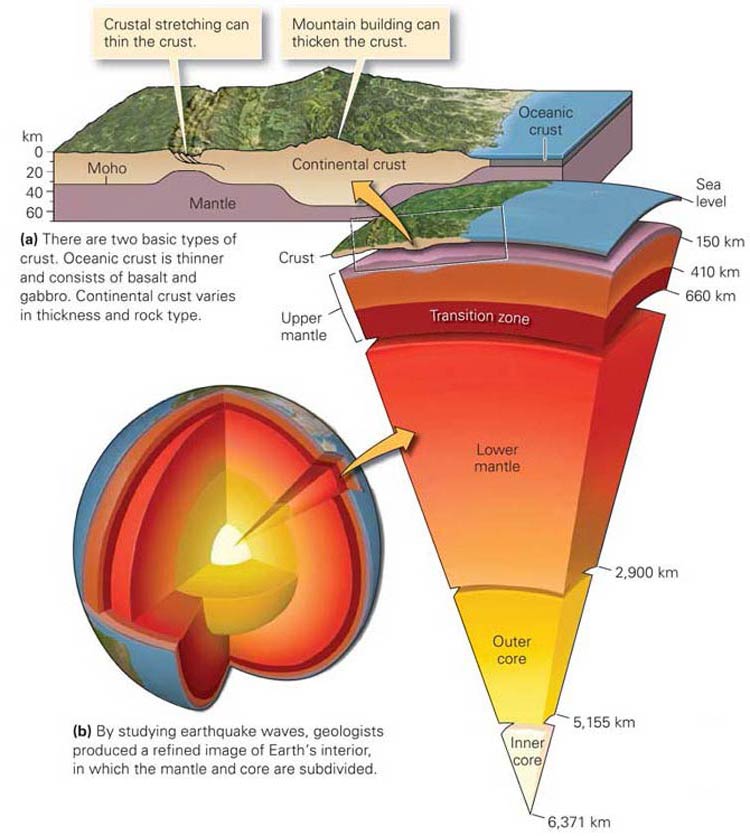
Spreading
When superheated material rises upwards with these currents (upwelling currents), it reaches the Earth’s crust, causing the lithosphere to melt and stretch like toffee. The lithosphere thins to such an extent that it eventually breaks, meaning it is torn apart and stretched sideways.
Molten material from the Earth’s mantle, consisting of hot rock, escapes to the surface and forms a new layer of lithosphere, which gradually cools and solidifies. This process is called spreading, from the English word “spread,” and the zones where it occurs are known as spreading zones or rifts.
Most spreading zones are found in mid-ocean ridges, where a thin oceanic crust is formed. Therefore, it can be said that the planet primarily expands underwater, on the ocean floor. The newly formed lithospheric plates are further pushed apart by convection currents and gradually move away from each other.
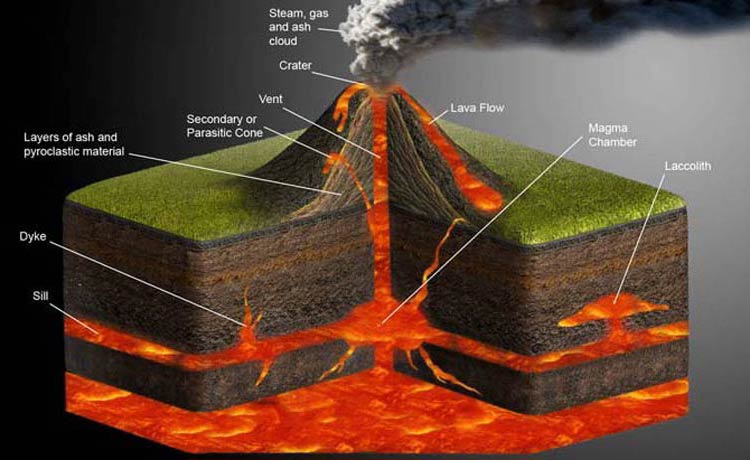
Subduction
The opposite of spreading is subduction. This occurs where downwelling convection currents are present, meaning in areas where mantle material cools and sinks back into the Earth’s interior.
This process results in the compression of lithospheric plates, known as contraction, which causes them to be pulled into the Earth’s mantle. One plate therefore dives beneath another and travels towards the planet’s core (where it will heat up again, rise with upwelling currents, and push apart other lithospheric plates). However, subduction does not occur identically in every case.
While oceanic plates are relatively thin and easily sink into the mantle, continental plates are much thicker, more rigid, and less dense.
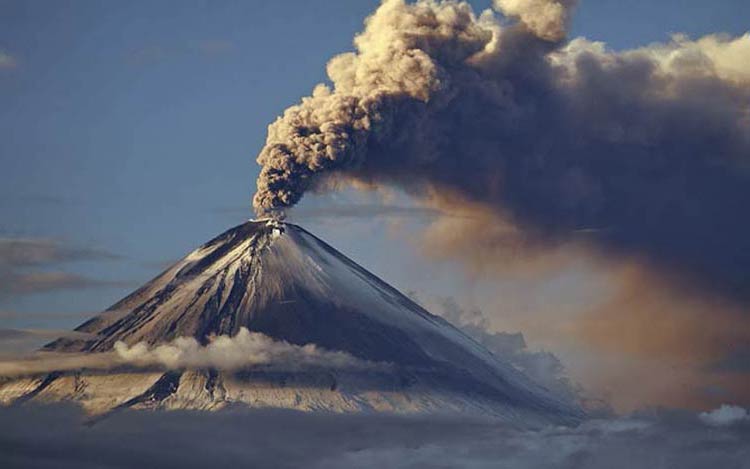
Because both types of lithospheric plates can be found in a subduction zone, there are three possible outcomes when these plates meet:
Oceanic Plate vs. Oceanic Plate
When an oceanic plate meets another oceanic plate, one dives beneath the other, resulting in the formation of an oceanic trench.
Continental Plate vs. Oceanic Plate
When a continental plate meets an oceanic plate, the oceanic plate dives beneath the continental plate. This is almost always accompanied by the release of stresses caused by friction, which in turn triggers an earthquake.
Continental Plate vs. Continental Plate
When a continental plate meets another continental plate, subduction ceases because neither plate is thin and ductile enough to sink beneath the other. The sediments accumulated at the edges of both plates are compressed and uplifted, resulting in the formation of mountain ranges, or orogens.
Through the alternating processes of spreading and subduction, our planet is simultaneously destroyed and reborn. These are also the zones where most volcanoes occur, although subduction zones are much more seismically active than spreading zones.
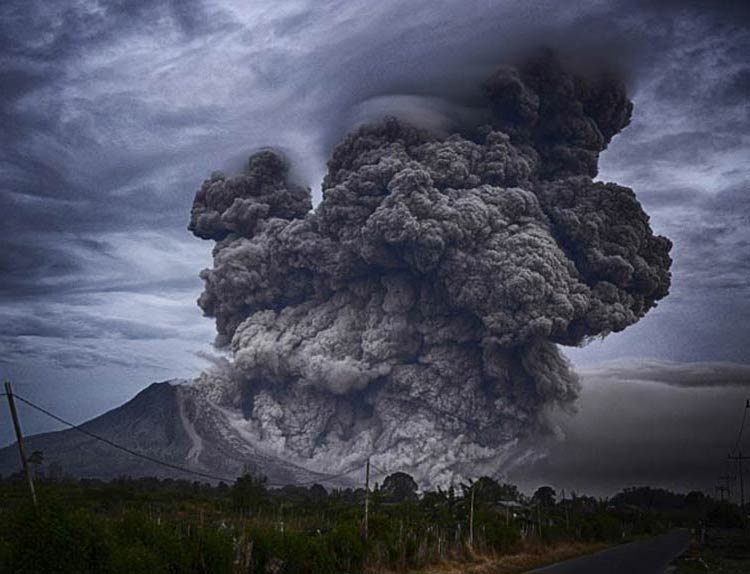
Where Magma Forms – Locating Volcanoes
Magma is partially molten rock found within the Earth’s crust. Volcanoes, on the other hand, form where magma erupts onto the Earth’s surface, at which point it becomes lava. Magma itself exists in the Earth’s crust only in specific locations where unique conditions are present.
A solid body (such as rock) can transition into a liquid phase only under a few circumstances: through heating while maintaining constant pressure, a decrease in pressure around high-temperature rock, or when a flux (water is an excellent one) is added to high-temperature rock. Molten rock migrates upwards along fractures toward the surface (because in its liquid state it has a lower density than its surroundings) and can erupt from it as lava (initially accumulating in the volcano’s magma chamber).
The best conditions for rock melting occur in spreading zones and subduction zones, which is precisely why most volcanoes are found there. In spreading zones, intense heating occurs due to upwelling convection currents, along with a decrease in pressure as the Earth’s crust stretches. Conversely, in subduction zones, the crust, along with sediments, plunges into the mantle. Water, one of the best fluxes, also gets carried down with these sediments, and the temperature of the rocks increases.
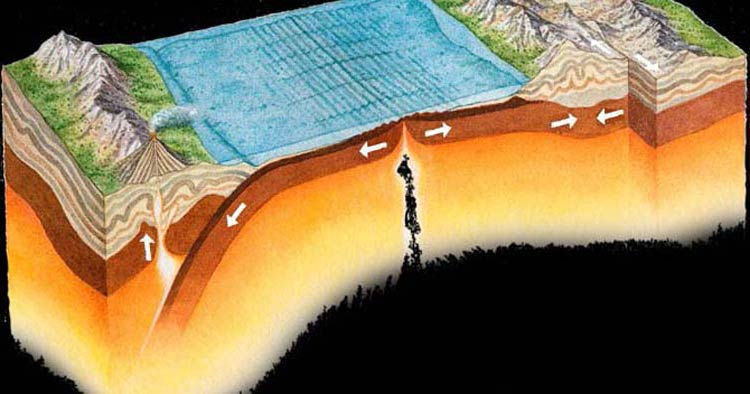
Hot Spots
There’s one more source of volcanism within the Earth: thin streams of heated mantle material called mantle plumes that rise all the way to the Earth’s crust. These areas are known as hot spots.
Pacific Ring of Fire
Almost all volcanoes are located in subduction zones, and many of them form the Pacific Ring of Fire. You can easily see it if you look at a map or position a globe with both Americas in the center.
The volcanoes of the Pacific Ring of Fire are among the most dangerous and explosive. This highly seismic zone, made up of a band of oceanic trenches and active volcanoes, forms an almost perfect ring around the Pacific Ocean (it stretches for nearly 40,000 kilometers / 24,855 miles). Individual volcanoes (like Mauna Loa in Hawaii) are located over hot spots. Meanwhile, volcanoes in spreading zones are almost always underwater (submarine volcanoes). On the surface, you can see them in Iceland, the Azores, and East Africa.
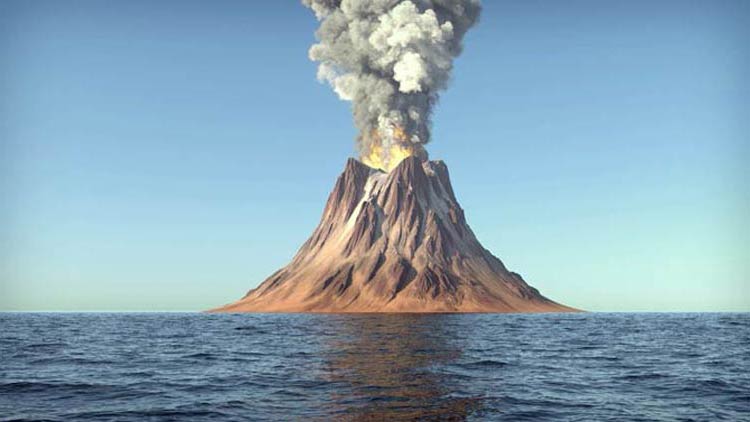
Styles of Volcanic Eruptions
Volcanoes erupt in two primary ways. When lava emerges through a central magma conduit and forms a volcanic cone, it’s known as a central eruption. If, however, lava erupts along fissures, forming lava flows or lava sheets, this is called a fissure eruption.
Eruptions can vary significantly, as much depends on the physical properties of the lava itself and its water vapor content. Sometimes, these are calm effusions where lava flows either rapidly or slowly depending on its chemical composition (primarily its silica content). Other times, eruptions resemble gigantic explosions with immense amounts of pyroclastic material, and the volcano’s cone itself can be torn apart.
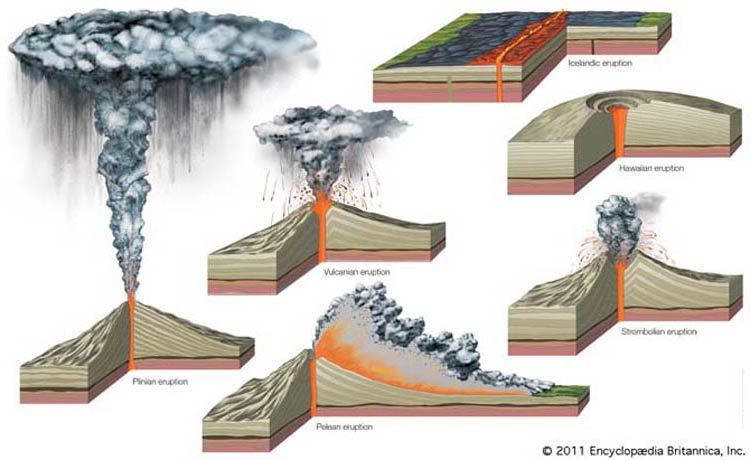
Eruption Style and Volcano Types
The style of eruption directly determines the shape of the volcanic cone, and the chemical composition of the erupting lava significantly impacts the violence and spectacle of the explosion.
Shield Volcanoes
Shield volcanoes are typically the gentlest, like Mauna Loa in Hawaii. These volcanoes can resemble very broad, gently sloping hills that barely rise above the landscape, leading many volcano enthusiasts to almost overlook them, while those seeking a towering and menacing mountain might feel deeply disappointed. Shield volcanoes are characterized by low-viscosity magma, predominantly basaltic (meaning low in silica). This lava flows gently from the magma conduit and spreads outwards, solidifying and forming vast but relatively flat elevated areas that can cover hundreds of thousands of square kilometers (tens of thousands of square miles).
The formation of lava domes, on the other hand, is associated with very high-viscosity lava (felsic lava, high in silica). Such lava doesn’t flow down the volcano’s slope because it’s too thick; instead, it accumulates directly at the vent of the magma conduit, sometimes even plugging it. The increasing pressure inside causes the dome to explode, often accompanied by the tearing apart of a portion of the entire volcano’s cone. This occurred during the eruption of Mount St. Helens, where an entire flank was blown away.
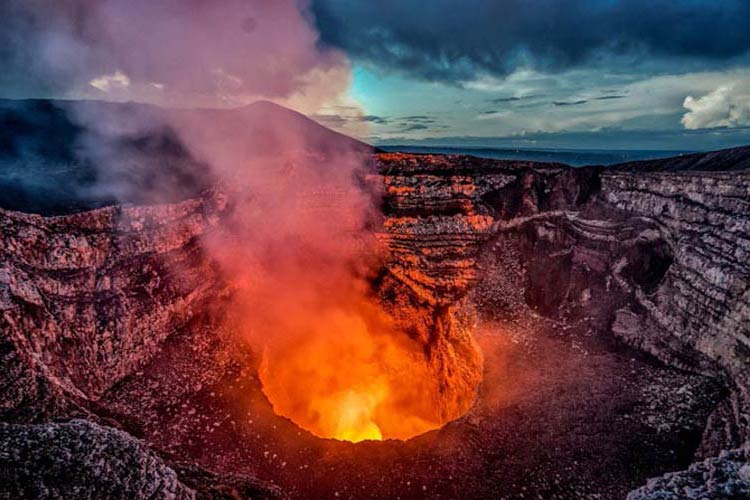
Conical Volcanoes
Conical volcanoes, in contrast to shield volcanoes, are tall and relatively slender. They form as a result of pyroclastic material being ejected from the crater: fragments of lava that cool in the air, ranging from fine ash to volcanic bombs up to half a meter (about 1.6 feet) in size. Conical volcanoes typically produce low-viscosity lava that flows easily down their slopes but contains a high amount of water vapor and other gases, which contributes to its explosiveness. This is how Stromboli, in the Tyrrhenian Sea, erupts, for example.
Stratovolcanoes
Many researchers and enthusiasts refer to stratovolcanoes as “perfect” or “fairy-tale” volcanoes. This is due to their appearance: they are typically perfect cones, tall, often covered with snow and ice in their upper reaches, with steep slopes and gentle folds. However, stratovolcanoes are lethally dangerous because they tend to alternate between effusive lava flows and explosive eruptions of pyroclastic material. Many of them make up the Pacific Ring of Fire, including Mount Fuji (Fujiyama).

Phreatic Eruptions
Volcanoes can also exhibit phreatic eruptions, making them even more dangerous. In the fissures of such volcanoes, immense quantities of oceanic, rainwater, or glacial water are present. When this water rapidly vaporizes, it can violently rupture the entire volcanic cone. The Indonesian Krakatau (also known as Krakatoa), which today resembles a more classic stratovolcano, was an example of this.
All the eruptions described above are examples of central-style explosions. However, some volcanoes erupt in a fissure style. In these cases, the eruption is almost always calm, with basaltic lava flowing out of a fissure and forming vast lava flows or lava sheets. Fissure eruptions predominantly occur in spreading zones. One such volcano is Krafla in Iceland.
Other Types of Volcanic Eruptions
Eruptions don’t always take place on the Earth’s surface. There are also submarine eruptions (underwater) and subglacial eruptions (under ice). Sometimes, magma doesn’t even reach the surface at all. In such instances, it spreads and accumulates beneath the Earth’s surface, forming magmatic intrusions.
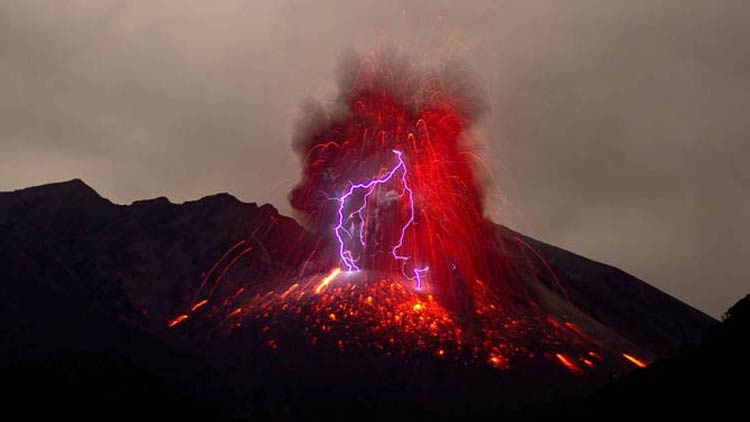
Phenomena Accompanying Volcanic Eruptions
Volcanic Bombs
Volcanic eruptions often cause many casualties, though surprisingly, fewer people might die directly from the eruption itself than from the phenomena that accompany it, which can prove more deadly than the lava flow or falling volcanic bombs. A pyroclastic avalanche (or flow), which accompanies only some eruptions, causes immense damage and many casualties.
Pyroclastic Avalanche
Sometimes also called a pyroclastic flow, this term accurately reflects the speed at which it moves. Pyroclastic flows form when ash ejected by a volcano mixes with air and volcanic gases suspended within it.
This mixture creates a suspension, denser than air, that flows down the volcano’s slope at speeds exceeding even a racing car, often several hundred kilometers per hour (hundreds of miles per hour). Such an avalanche acts like a shockwave—it destroys and incinerates everything in its path. Because it has a very high temperature, it resembles a hot breath engulfing the entire surroundings of the volcano.
Even if an eruption isn’t accompanied by a pyroclastic avalanche, gases released from lava (especially felsic lava) can accumulate in depressions in the terrain (being heavier than air and toxic), particularly during calm weather. These gases pose an enormous danger and destroy all plant life in the affected area.
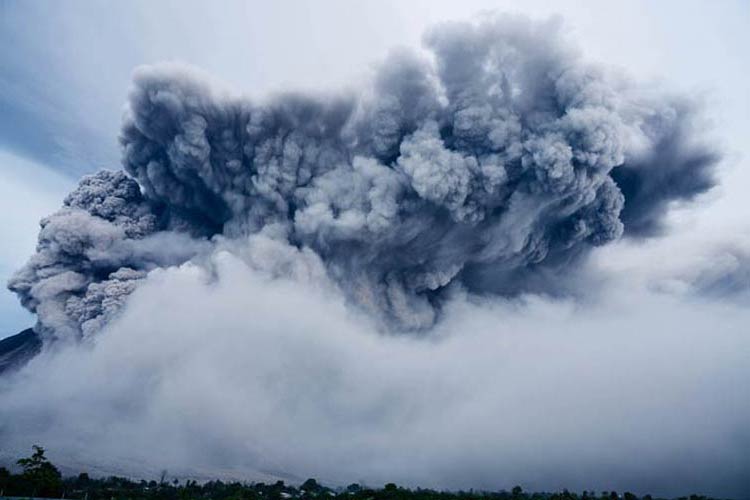
Volcanic Ash
If volcanic ash is saturated with water from rainfall or the melting of ice masses on a volcano, it forms deadly lahars. These are hot, viscous mudflows that destroy everything in their path and can inundate vast areas near the volcano. People and animals trapped in them can drown or become stuck as if in quicksand, dying from exhaustion. Rushing torrents of hot mud often destroy entire towns and contaminate rivers.
Earthquakes
Volcanic eruptions are also accompanied by earthquakes, which are closely linked to the subduction of lithospheric plates. If the epicenter is in the ocean, the deformation of the seabed and the upward displacement of massive amounts of water can generate a tsunami. These gigantic waves then reach the coast, causing destruction many kilometers (miles) inland.
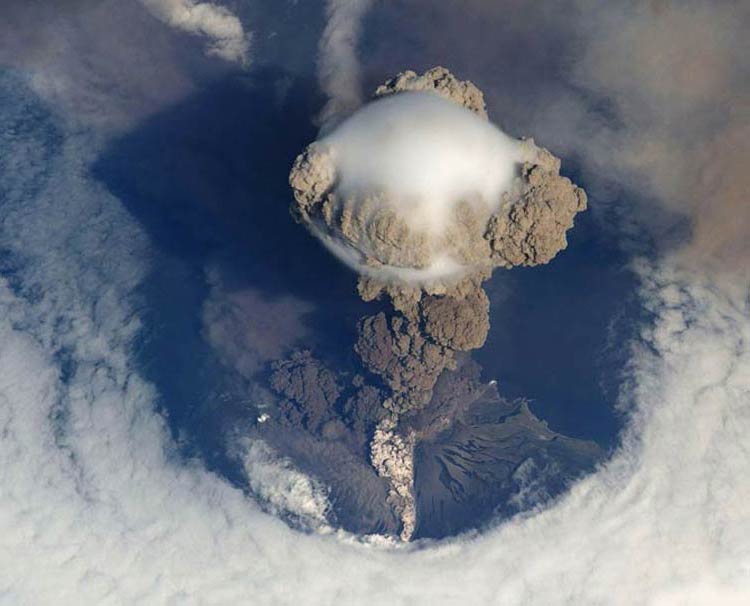
VEI – Volcanic Explosivity Index
In extreme cases, the force of a volcanic eruption is so immense that not only the mountain itself, but also a large portion of land or even an entire island, vanishes from the face of the Earth.
The Volcanic Explosivity Index (VEI), developed by Chris Newhall and Steve Self, allows for the assessment of the strength of a given volcanic eruption. Each successive point on the scale indicates a tenfold increase in the explosivity of the eruption. Although the scale is open-ended, the largest known eruptions in history have been rated as 8, and these were truly apocalyptic cataclysms.
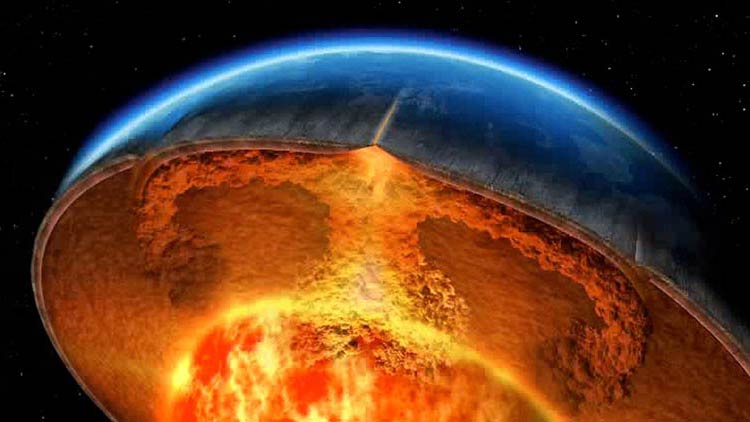
Basic Volcanic Terms Defined
To ensure clarity, here are concise definitions of some fundamental terms used when discussing volcanoes and volcanism:
- Magma
Molten rock found beneath the Earth’s surface, within the crust or upper mantle. When it reaches the surface, it becomes lava. - Lava
Molten rock that has erupted onto the Earth’s surface. Its properties (viscosity, gas content) greatly influence eruption style. - Pyroclastic Material
Fragmented volcanic rock ejected during an explosive eruption. This can range from fine ash to large volcanic bombs. - Magma Chamber
A large underground reservoir where magma accumulates beneath a volcano before an eruption. - Lithosphere
The rigid, outermost layer of the Earth, comprising the crust and the uppermost part of the mantle. It’s broken into tectonic plates. - Asthenosphere
The ductile, semi-fluid layer of the Earth’s mantle located beneath the lithosphere. It allows the lithospheric plates to move. - Convection Currents
The transfer of heat by the circulation or movement of heated parts of a liquid or gas. In the Earth’s mantle, these slow currents drive plate tectonics. - Spreading Zone (Rift)
An area where lithospheric plates are moving apart, allowing magma to rise and form new crust, often seen at mid-ocean ridges. - Subduction Zone
An area where one lithospheric plate is forced down into the mantle beneath another plate. These zones are associated with deep ocean trenches, earthquakes, and many volcanoes. - Hot Spot
An area of persistent volcanic activity caused by a plume of hot mantle material (mantle plume) rising from deep within the Earth, independent of plate boundaries. - Volcanic Explosivity Index (VEI)
A scale used to measure the relative explosiveness of volcanic eruptions. Each increasing number on the scale represents a tenfold increase in explosive power. - Lahars
Destructive mudflows or debris flows composed of volcanic ash and rock mixed with water (from rain, melted ice, or lakes), typically flowing down a volcano’s slopes. - Pyroclastic Flow (Avalanche)
A fast-moving current of hot gas and volcanic debris (ash, rock fragments) that flows down the side of a volcano during an explosive eruption. Extremely dangerous due to high speed and temperature. - Fumaroles
Vents in the Earth’s surface that emit steam and volcanic gases. - Solfataras
A type of fumarole that primarily emits sulfurous gases. - Geysers
Hot springs that periodically erupt, expelling a column of hot water and steam into the air.


